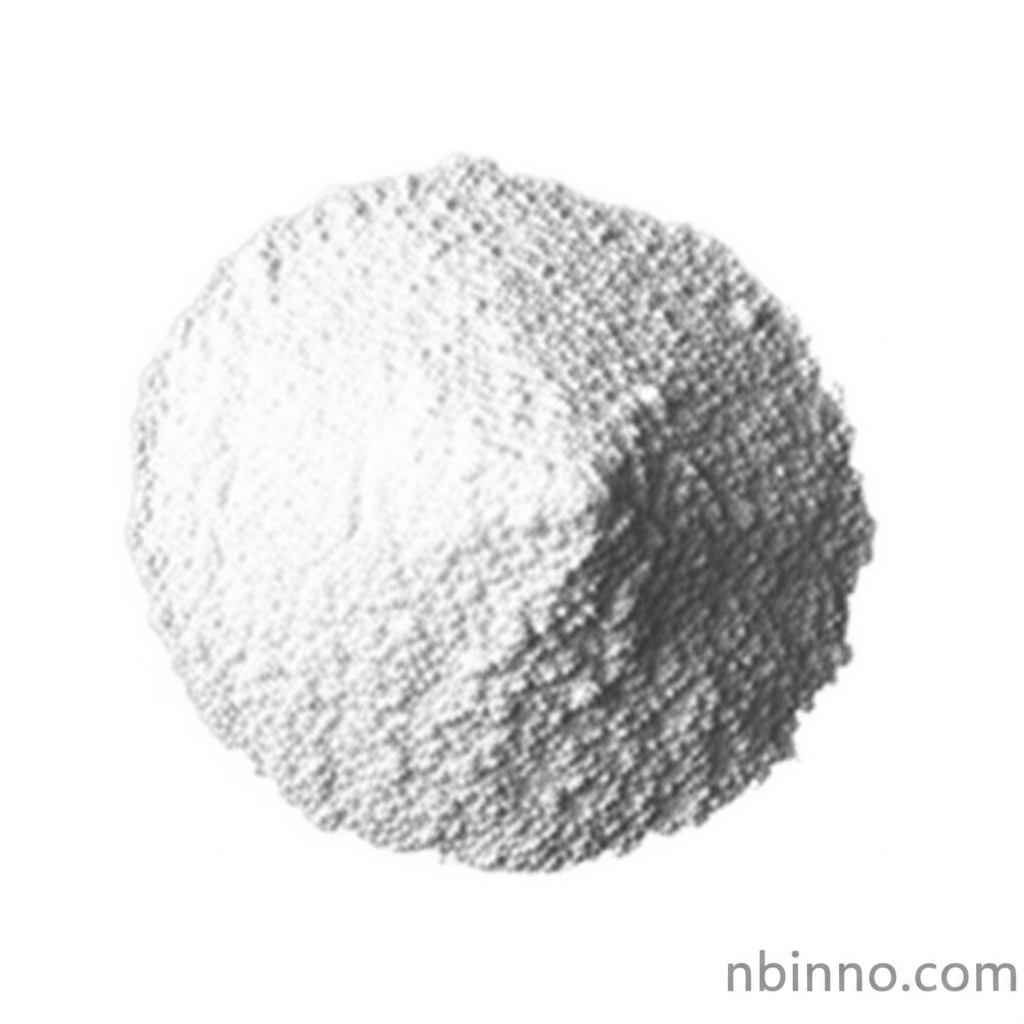High-Purity N-(Biphenyl-4-yl)-9,9-Dimethyl-9H-Fluoren-2-Amine: A Key OLED Intermediate
Essential for advanced display technologies, this compound enhances OLED performance and longevity.
Get a Quote & SampleProduct Core Value

N-(Biphenyl-4-yl)-9,9-Dimethyl-9H-Fluoren-2-Amine
This specialized chemical compound, identified by CAS number 897671-69-1, is a crucial building block in the manufacturing of cutting-edge organic electronic devices, particularly Organic Light-Emitting Diodes (OLEDs). Its high purity and specific molecular structure contribute significantly to the efficiency and durability of modern displays.
- Introduction to advanced organic electronic materials like this compound is vital for understanding the future of display technology, offering superior visual quality and energy efficiency compared to traditional screens.
- The synthesis of OLED materials relies heavily on high-purity intermediates such as this fluorene derivative, ensuring stable and reliable performance in the final electronic products.
- Discovering key OLED intermediates is critical for manufacturers aiming to push the boundaries of electronic device capabilities, leading to brighter, more vibrant, and longer-lasting displays.
- Learn about fluorene derivatives for displays to understand how specialized chemical structures enable the advanced functionalities expected in smartphones, televisions, and other electronic devices.
Key Advantages
Uncompromised Purity
With an assay purity of ≥98.0%, this compound ensures consistent and reliable performance in sensitive OLED applications, minimizing device failure rates and maximizing operational lifespan.
Enhanced Electronic Properties
The unique molecular design, incorporating biphenyl and fluorene units, contributes to superior charge transport and stability, directly impacting the efficiency and color accuracy of OLED displays.
Versatile Application Potential
Beyond its primary role in OLEDs, this compound shows promise in other areas of organic electronics, such as organic photovoltaics (OPVs) and flexible electronics, highlighting its adaptability in material science research.
Key Applications
OLED Display Manufacturing
This compound is a critical intermediate for synthesizing emissive layer materials used in the production of high-performance OLED displays, enabling vibrant colors and deep blacks.
Organic Electronics Research
Its unique chemical structure makes it a valuable component in research and development for new organic electronic devices, including thin-film transistors and organic photovoltaics.
Advanced Material Science
The compound serves as a building block for novel materials with tailored electronic and optical properties, driving innovation in material science for future technological applications.
Hole Transport Materials
It plays a pivotal role in the synthesis of hole transport materials, which are essential for efficient charge injection and transport within OLED devices.
